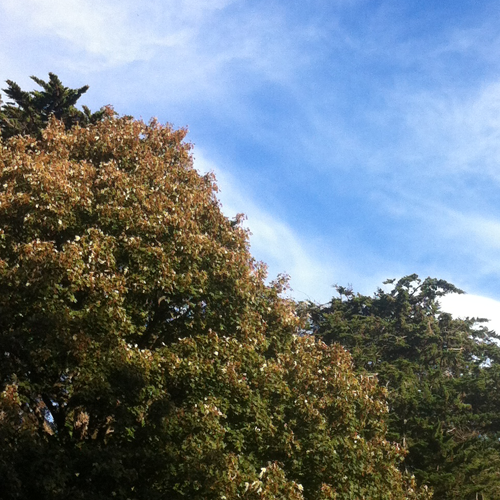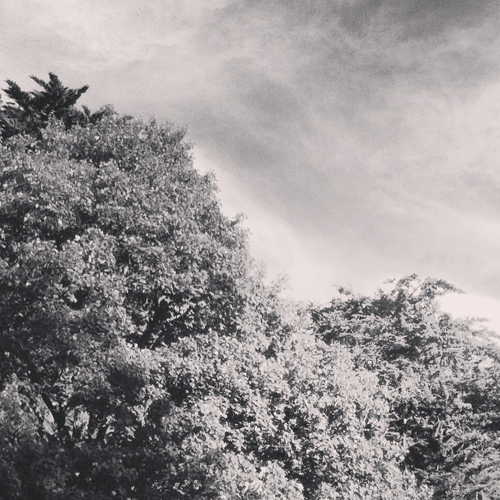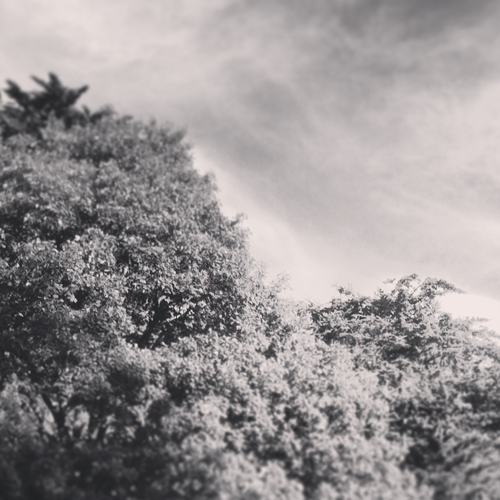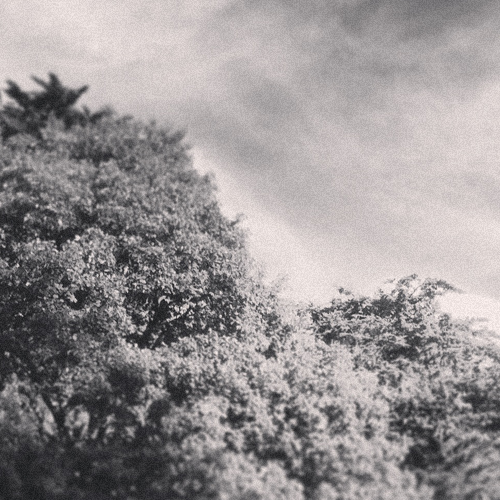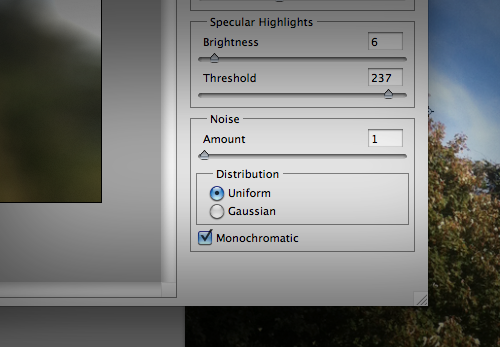An important detail Instagram missed
This has bothered me for a while. I could never quite put my finger on it, but once you see it, the illusion is ruined – and it involves filters, of course.
Depth of field, which Instagram attempts to simulate with a blur, occurs before the light hits the film, which Instagram calls a filter.
As such, any blur I apply in Instagram should not affect the grade of the filter. More accurately, any grain created by the filter and/or camera sensor should not be affected by the bokeh created by the blur and/or lens.
Here is a photo:
Here it is with Instagram’s ‘Willow’ filter applied:
And now with Instagram’s blur to simulate a depth of field:
And this is where Instagram falls short. All the beautiful detail created by the sensor is lost in a gaussian blur.
My suggestion to Instagram would be to apply their own grain over the areas of blur to compensate for the lost noise.
In fact, the guys over at Adobe realized this a while back and included it as part of their Lens Blur filter in Photoshop.
I’ll leave you with this. Magic is no different to software design, it’s success is determined by the plausibility of the end abstraction. Pay attention to your sm0ke and m1rr0rs.
